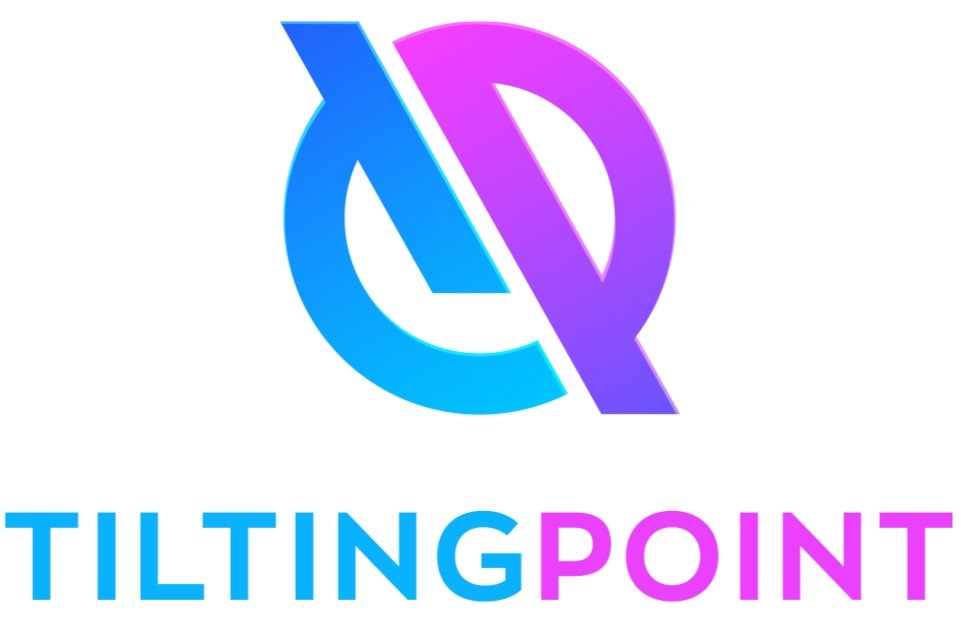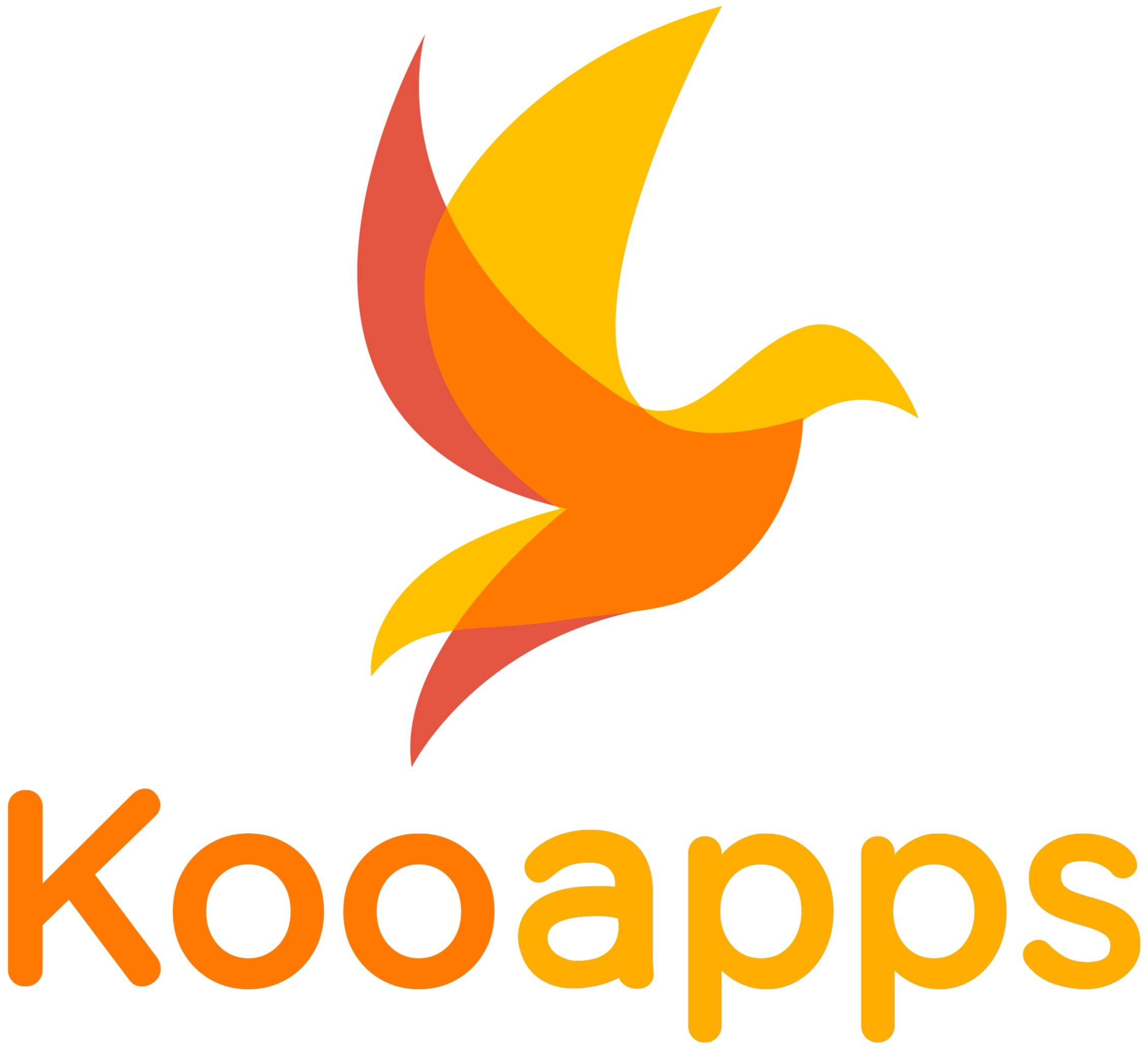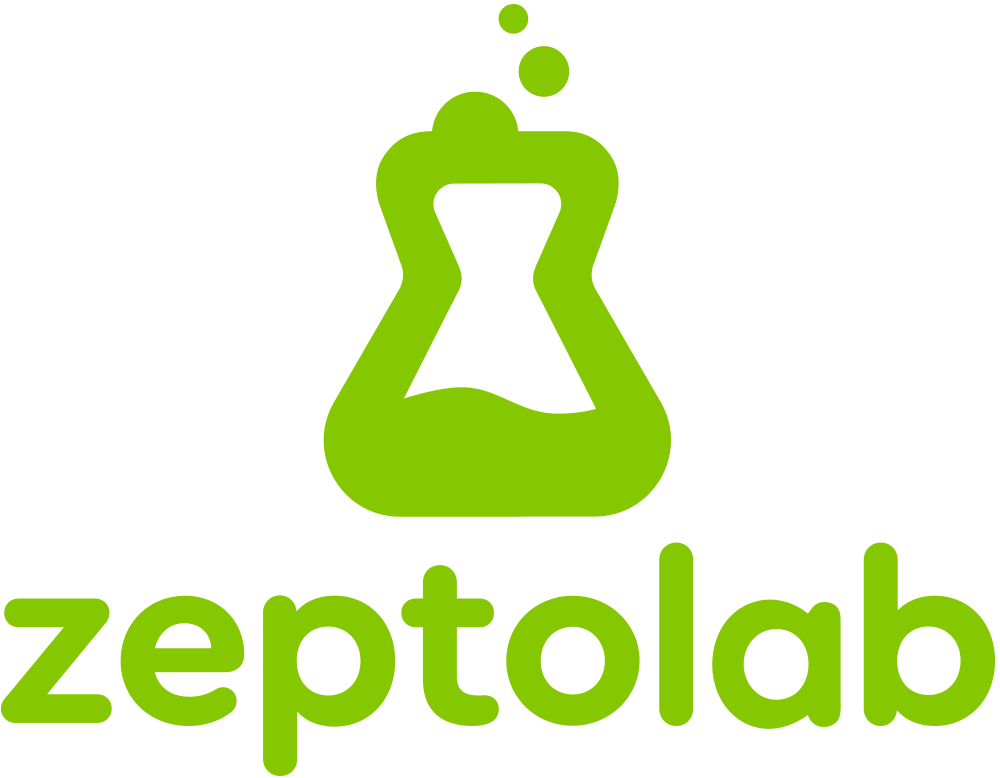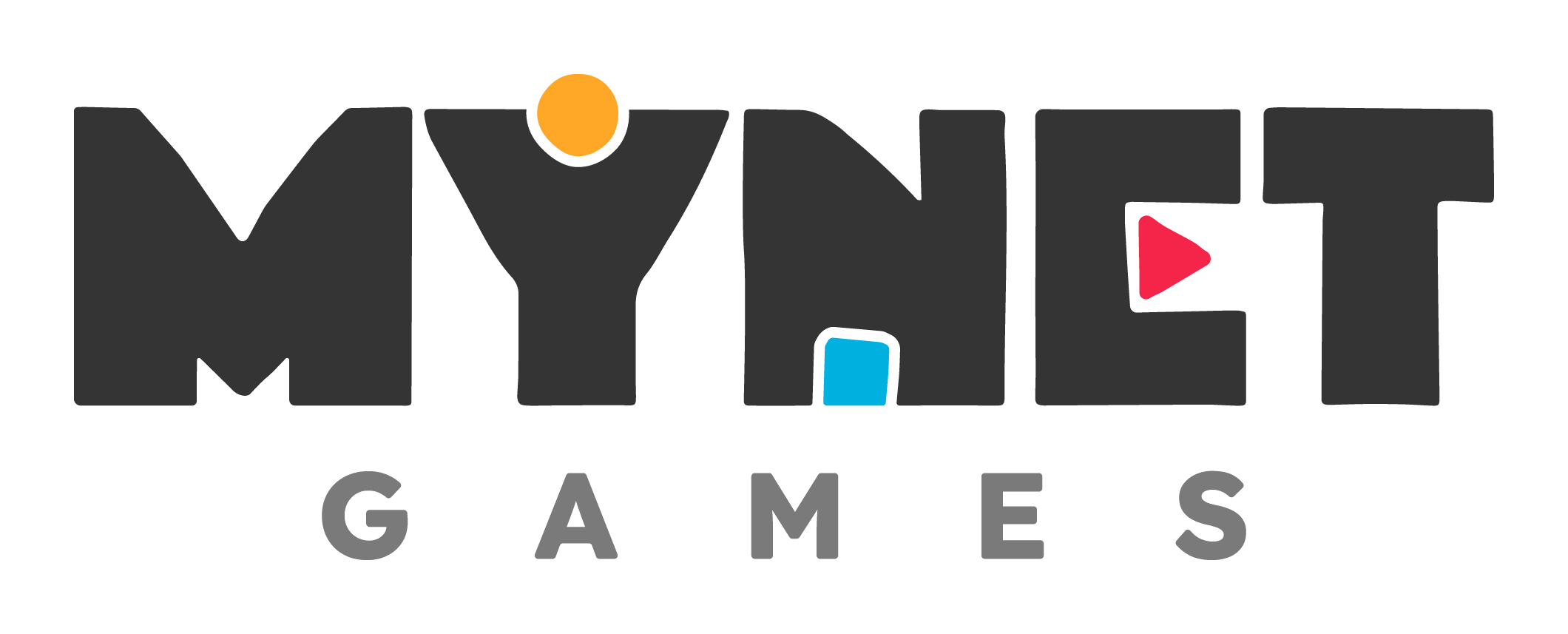Post-launch playtesting
There is always something to learn
Depending on the type of game you are creating, playtesting after launch can be as important as any other type of research you carry out. It provides you with the tools you need to make sense out of community feedback, helps maintain quality and vision during a content roadmap, and identifies and triages real-life issues that are emerging with your player base–often in real time!
These products are best for post-launch playtesting:
Single Session playtest
Test any tweaks or refreshes you make to your onboarding experience, including the introduction of new features and mechanics
Longitudinal playtest
Expose any issues with churn, either with new or returning players
Competitor testing
Now that your game is out ‘in the wild’ ask how it compares with your competitors from a player experience perspective
Get started now
Find out why hundreds of top game studios are already testing with PlaytestCloud.
Get a free playtest for your game
When is this most useful?
Once your game is live - whether pre-launch or fully launched - you will have feedback coming in from real players. Further playtesting provides you with an opportunity to independently verify that feedback, and help you to extract actionable feedback.
9ee9.png)
Typical Uses
The findings from post-launch playtests could help you to answer the following research questions, along with others tailored to your game and current requirements:
How does the player experience compare with that of our closest competitor, both from a usability and appreciation perspective?
Is our game appealing to other players outside of our original target market or demographics? Could we make it more appealing to them?
As we continue to add content and mechanics, is our onboarding process still fit for our game’s purpose?
(Looking even more broadly) Does our mature title continue to welcome new players after a year of content drops? Do new players feel intimidated or does the experience feel bloated?
Follow-up Questions
Community feedback is an extra data source that becomes available once your game has been launched, but can be very difficult to interpret and collate that intelligence into actionable findings. Community feedback can however provide a rich source of hypotheses and indications around what your game is doing well (or not), along with game metrics and analytics. You can use playtests to investigate and observe how these issues occur as part of the direct player experience, plus benefit player selection. Indeed, a well-specified, independently-sourced group of players is more likely to give unbiased feedback than those who choose to provide feedback online.
One option here is to recruit players who are already playing your game, for example by inviting players of a certain level or logged game time to participate. (This is currently only possible on Android devices with PlaytestCloud). Another option is to carry out a longitudinal or multi-session playtest which will allow players time to get to the required level. You may also create a custom game build that ‘fast-tracks’ them to the feature that you want to test.
Yes! Post-launch is where diverse research methods really pay off, because you have more sources of data available: from community feedback and sentiments, to reviews and media coverage, to analytics data and KPIs. Playtests provide the best means to ensure that these other forms of research continue to be grounded in the experiences of players and their direct interactions with your game. When a variety of methods are used, you will be able to quickly hone in on high priority issues, and create improvements and additions that keep your game fresh and welcoming to new and existing players alike.
Trusted by 60% of the studios behind the App Store's top 100 games
We're powering playtesting for thousands of producers, user researchers, game designers and others passionate about player experience.

.png)
.png)




.png)


.png)















.png)




.png)


.png)
.png)

